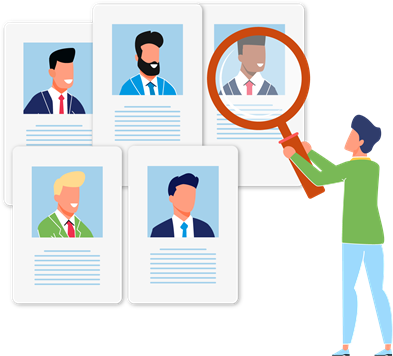21+ Useful Prospect Research Tools + Tips for Nonprofits
By Sarah Landman, Executive Vice President, Insightful
On average, 88% of a nonprofit’s revenue comes from major donors. This funding makes your mission possible, meaning major gift fundraising is vital to your strategy.
However, major gifts result from genuine, deep relationships with supporters. To cultivate these donations, your nonprofit must first learn about potential donors and use those findings to develop meaningful connections that inspire greater giving.
That’s where prospect research tools come in. With the right software, nonprofits can access information about potential donors that guides their outreach efforts. In this guide, we’ll explore the basics of using this technology and review our top picks. Here’s what we’ll cover:
- An Overview of Prospect Research Tools
- 22 Most Useful Prospect Research Tools for Nonprofits
- How to Get the Most Out of Your Prospect Research Tools
As you review this list, assess your nonprofit’s needs and consider which tool would most benefit your team.
Turn research into relationships with Insightful's media monitoring services.
An Overview of Prospect Research Tools
You wouldn’t start house hunting without knowing what you need; the same goes for prospect research software. Before reviewing the best tools available, let’s answer some common questions about this type of technology.
What Is The Prospect Research Process?
Prospect research involves analyzing data to determine a person’s willingness and ability to give. The data used in this process falls into three categories:
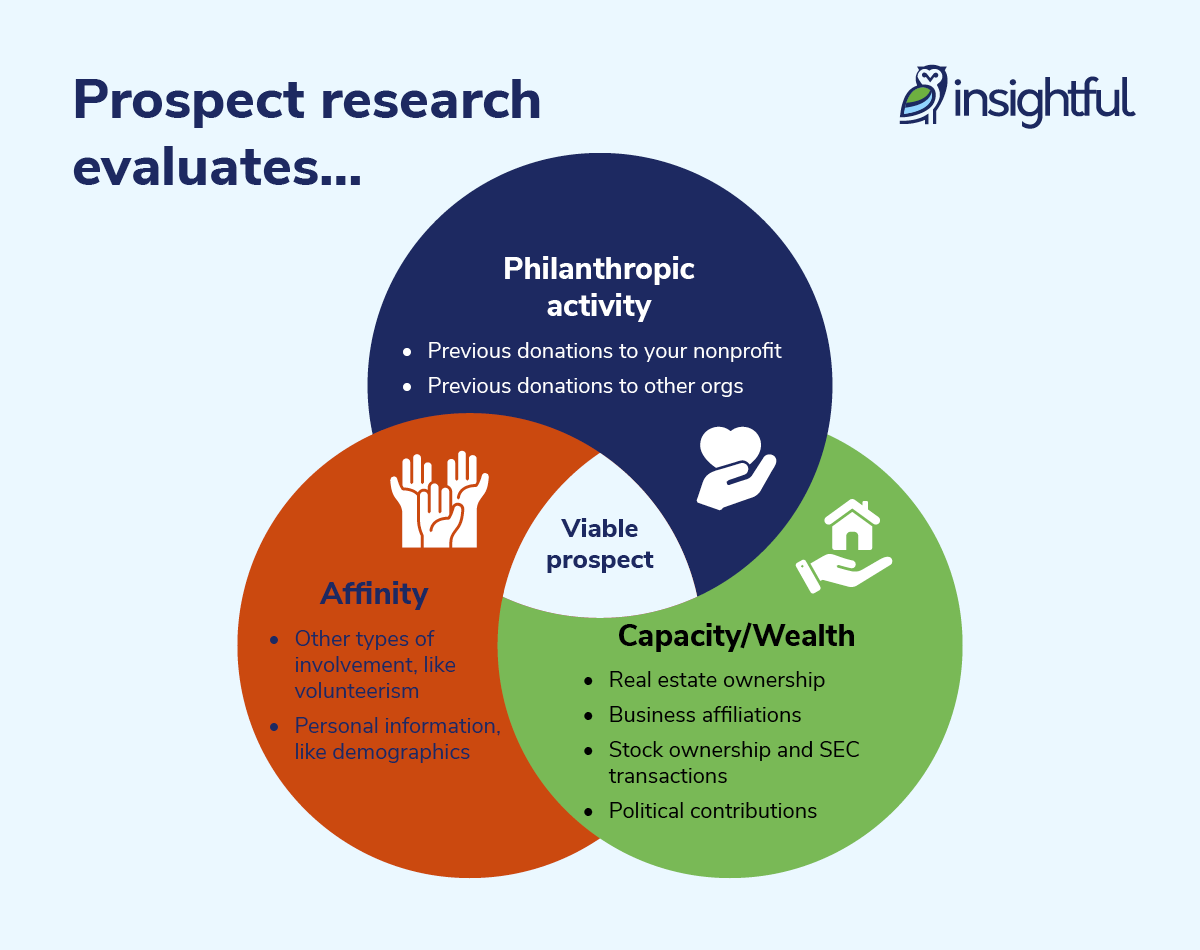
- Philanthropic activity: Philanthropy refers to a prospect’s philanthropic tendencies, such as previous donations to your nonprofit or involvement with other organizations.
- Capacity, or wealth: Capacity indicates a prospect’s financial ability to contribute a major gift. Relevant indicators include real estate ownership, business affiliations, stock holdings, political contributions, and other financial measures.
- Affinity: Indicators of affinity reveal a prospect’s passion for your nonprofit’s cause. This could include direct forms of support, like volunteerism, or indirect indicators, like demographic data.
Individuals exhibiting all three indicators are considered the most likely to give to your organization. However, looking for these characteristics is just one part of the process. The complete prospect research process can be broken down into four steps:
- Identify potential donors. Analyze your database or use prospect research software to create a list of potential supporters.
- Research your prospects. Dive deeper into your data about each prospect to learn more about their motivations and ability to give.
- Analyze your findings. Draw conclusions from your research to inform your outreach and stewardship efforts.
- Develop a cultivation strategy. Apply your findings to develop personalized messages and unique engagement opportunities.
The best prospect research tools provide comprehensive data and ongoing updates to support nonprofits during each step of this process.
What Are Prospect Research Tools?
Prospect research tools are various resources that help you learn more about existing and potential donors. This could include dedicated research software that gathers and analyzes data for you or databases your team must manually search.
Select these tools based on your budget and needs.
What Should You Look For in Prospect Research Tools?
Although nonprofits have varying and unique software needs, there are a few must-have characteristics your prospect research tools should have:
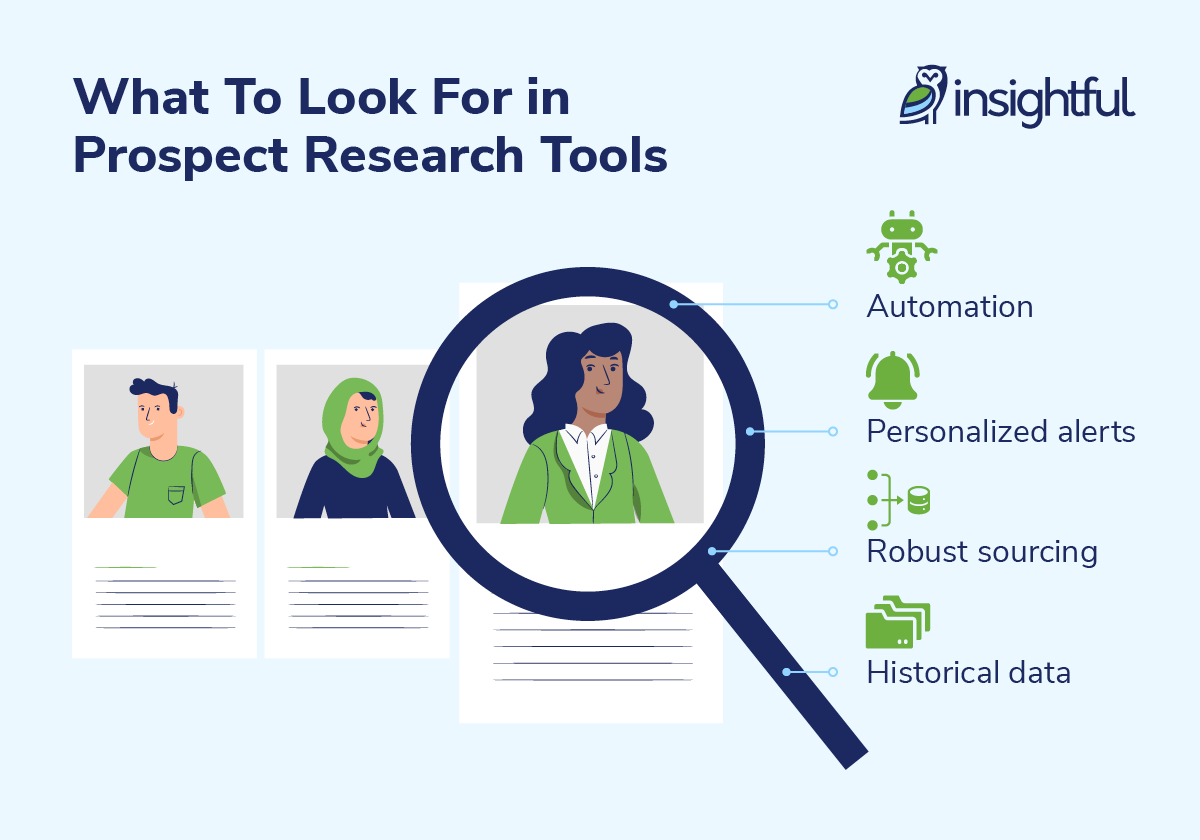
- Automation: Establishing criteria for complex searches and compiling data can be cumbersome. The best tools automate the prospect research process so teams can immediately identify prospects and cultivate relationships with them.
- Personalized alerts: Statistics show the amount of data created, captured, and consumed is ever-growing, with 90% of the world’s data generated in just the last two years. This means you’ll need prospect research software to sift through vast amounts of data and curate results relevant to your nonprofit’s research needs.
- Robust sourcing: Factors like net worth and household income alone can be misleading. For example, two people with the same household income may have different capacities to give depending on other factors, like the cost of living in their area. To enhance donor research, software should tap into various sources of information, including resources you otherwise wouldn’t have been able to access or might have overlooked.
- Historical data: While current prospect data is helpful, accessing past information provides further context for your nonprofit to engage potential donors. For example, a food bank might identify prospects who faced homelessness decades ago and want to support those in need.
The best approach to selecting the right prospect research software is to pair these must-have features with capabilities that support your nonprofit's unique goals.
22 Most Useful Prospect Research Tools for Nonprofits
Once you’ve determined what your nonprofit needs in its donor research software, you’re ready to select a tool. We’ve listed our favorite software options here and covered the highlights of each to help you determine which tools are most beneficial for your research.
Here’s an overview of the top 10 tools from our list:
-
Insightful Philanthropy : Overall
-
Dataro : AI-Driven Research
-
Double the Donation : Corporate Support
-
WealthEngine : Clean Data
-
DonorSearch : Wealth Screening
-
Candid : Form 990 Data
-
SEC Database : Corporate Finances
-
Freewill : Non-Cash Gifts
-
Instrumentl : Grant Data
-
Million Dollar List : Finding $1 Million Contributors
Best Overall Prospect Research Tool: Insightful Philanthropy
Insightful Philanthropy delivers real-time major donor intelligence through automated alerts covering philanthropic activity, life events, and other crucial information that informs personalized donor stewardship. Simply upload profiles from your CRM and let Insightful set up alerts for you. Your nonprofit will automatically receive valuable insights not found in other search engines or databases.
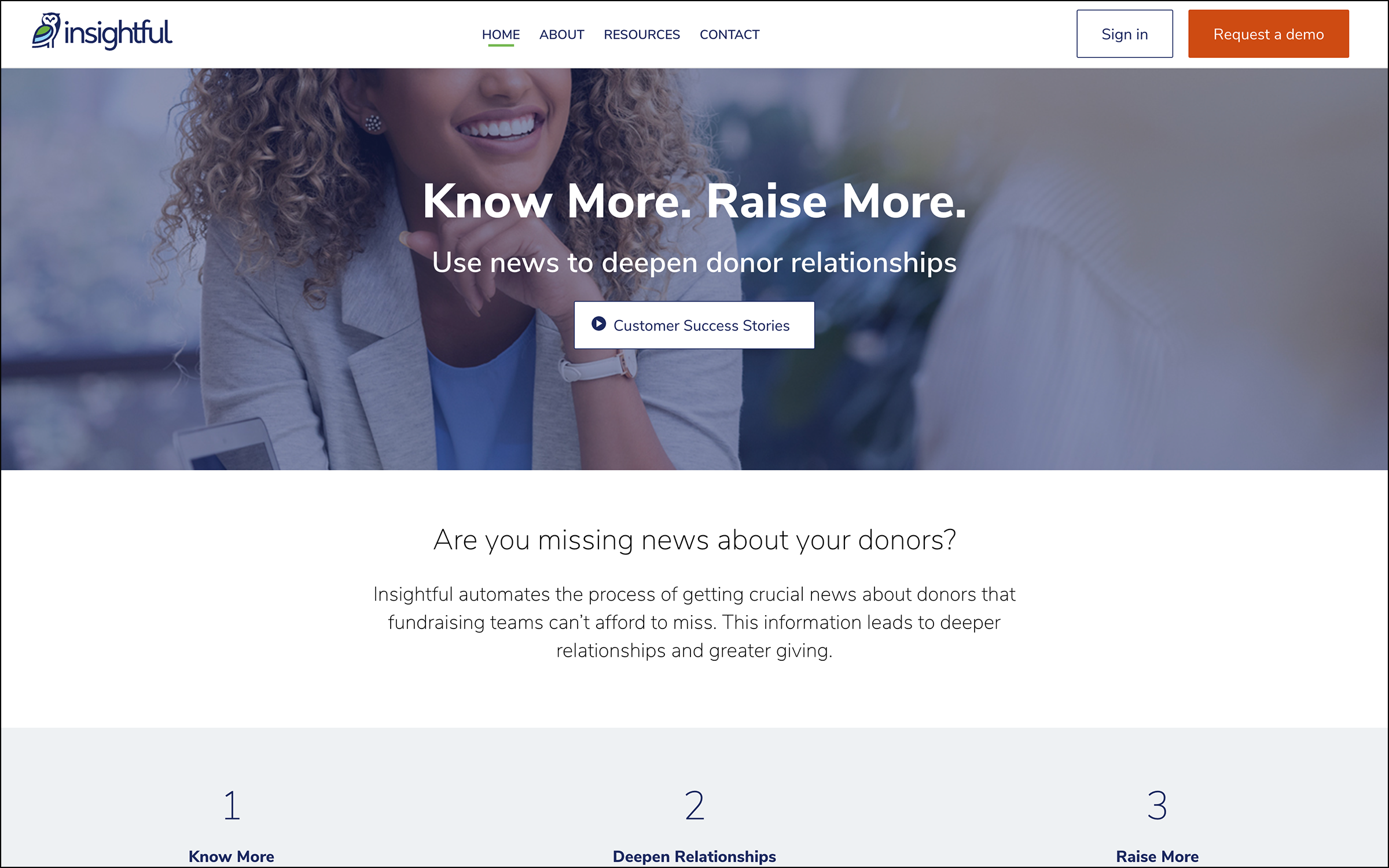
What Makes This Tool Stand Out
Insightful is the most comprehensive source of donor information that nonprofit fundraisers can access. Our news alert service is powered by over 14,000 news and information sources from 200 countries, tapping into data often overlooked by other prospect research tools, such as information from local news outlets.
Unlike other tools, this platform extracts real-time and historical insights, giving nonprofits a holistic view of their target audiences. Additionally, our tool offers:
- Unparalleled data sourcing. Insightful is powered by Newsbank, Inc., the premier provider of the world's largest repository of reliable information for more than 50 years. When it comes to accessing comprehensive and credible data, there’s no competition.
- Personalized news alerts. Our solutions are hand-curated by editorial experts who tailor search algorithms to your nonprofit’s needs. This means no more generic computer-generated searches, and you can follow specific topics to receive timely updates on our findings.
To learn more about what makes Insightful the best prospect research tool, watch the following video:
Pricing
Request a demo of Insightful to see the platform’s features in action and talk to our team about pricing.
Best Tool for AI-Driven Research: Dataro
Applying artificial intelligence (AI) to prospect research transforms the way nonprofits identify and reach potential donors, and Dataro is an innovative tool that does just that.
Dataro applies machine learning algorithms to donation and engagement data from your CRM to rank and score your donors. Using these rankings, this tool predicts future donor behaviors and adds the results directly to your CRM to flag supporters with the potential to give again or increase their giving.
Dataro’s predictive approach to prospect research provides a unique perspective on donor data. However, its dependence on your nonprofit’s existing data makes it less comprehensive than other tools.
Pricing
Dataro offers flexible plans, depending on whether your nonprofit purchases its tools separately or together.
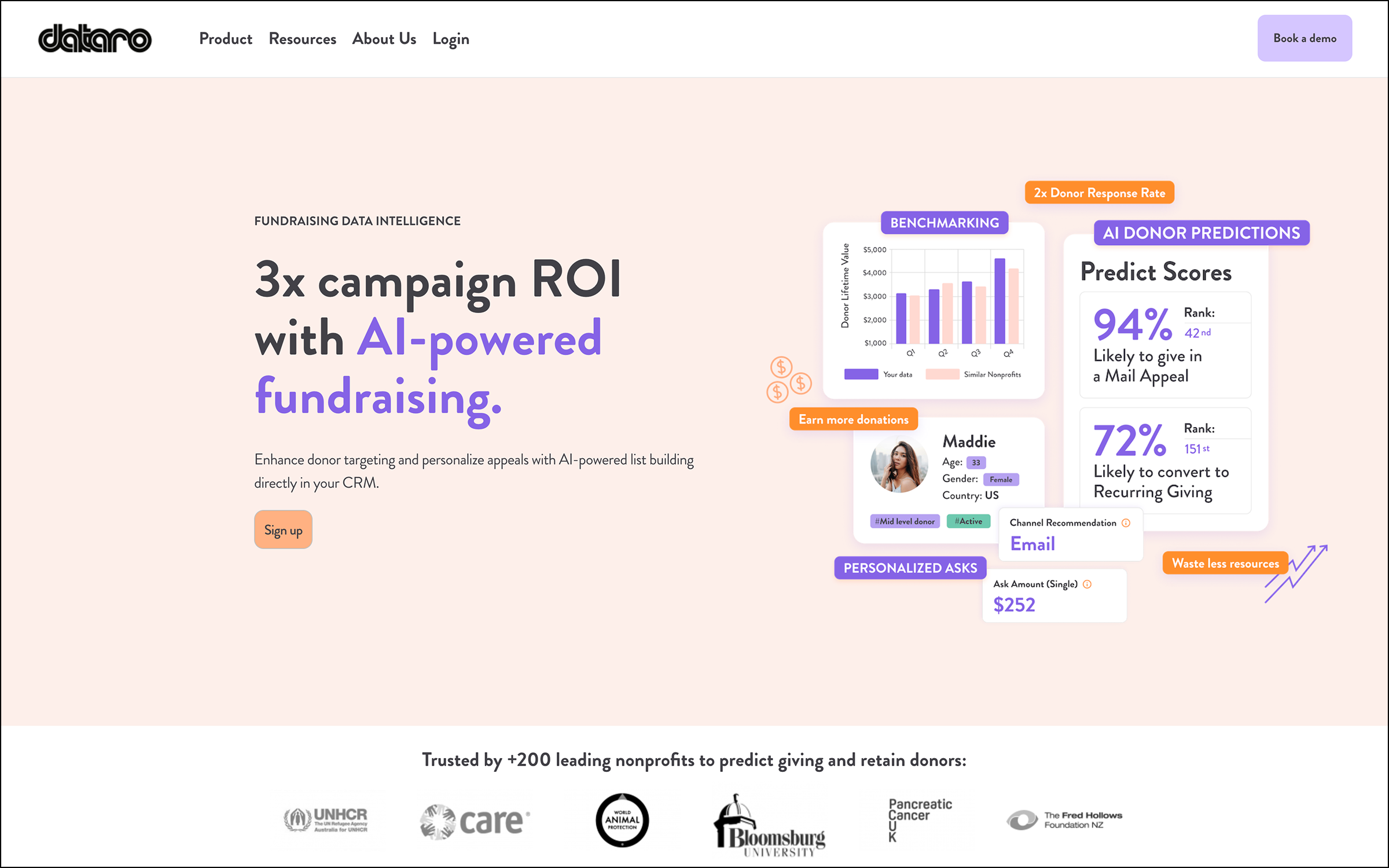
Best Tool for Corporate Support: Double the Donation
Many donors are unaware of the corporate support their employers offer. Double the Donation’s research shows that $4 to $7 billion in matching gift funds go unclaimed annually. However, other forms of corporate philanthropy, like volunteer grants, are also frequently overlooked.
Double the Donation helps nonprofits discover donors’ eligibility for matching gift and corporate volunteering programs. Their data enrichment services help nonprofits supplement donor profiles with additional data such as employment details, birthdates, and other personal information. Plus, this user-friendly tool can be embedded into your nonprofit’s donation form, encouraging donors to check their eligibility before donating.
This software is fairly comprehensive, but its main offering is focused on employment data. However, it touts an easy-to-use interface for both nonprofits and their supporters, which is why it made our list.
Pricing
Double the Donation’s pricing depends on your organization’s size, but their standard plan starts at $2,500/year.
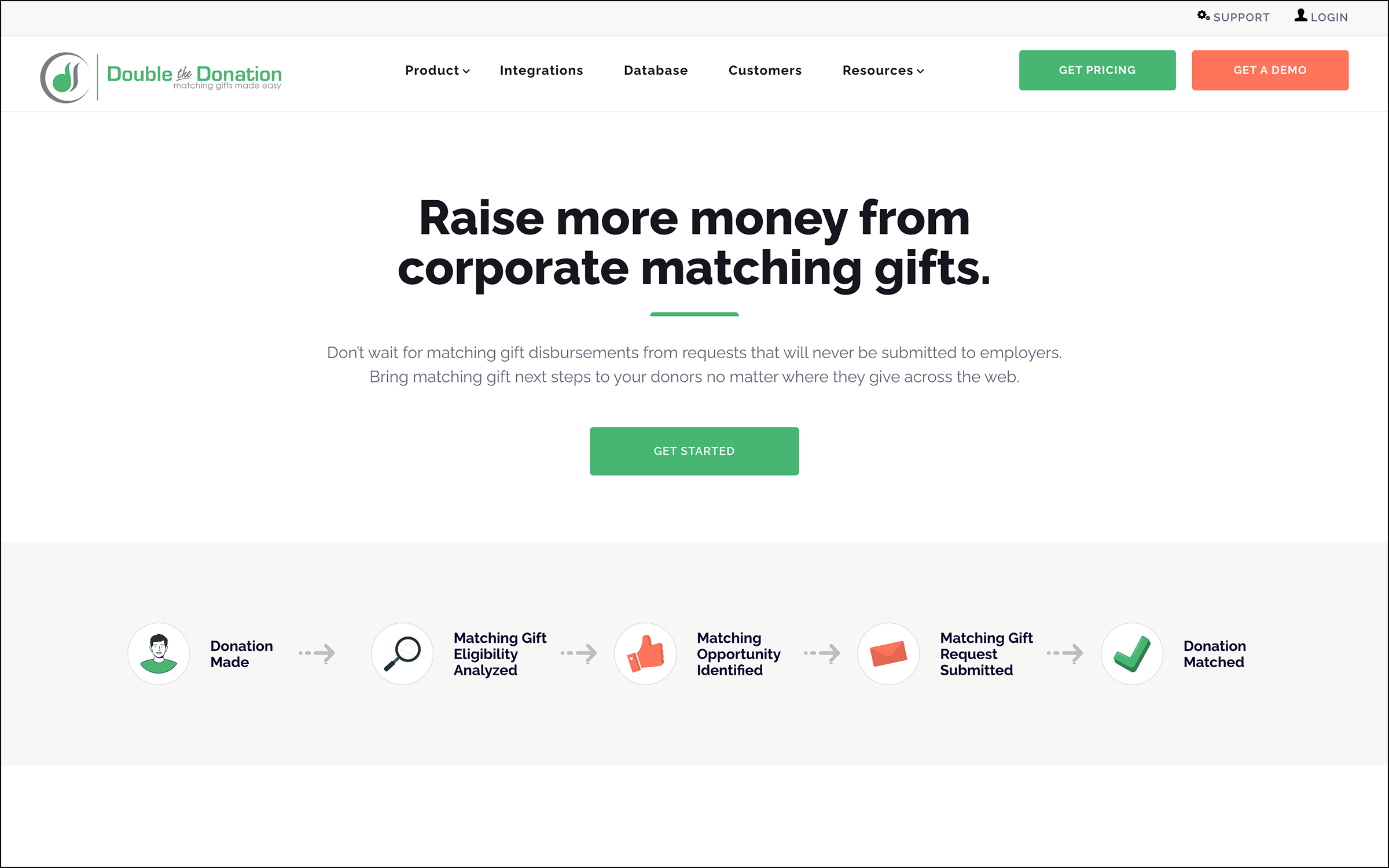
Best Tool for Clean Data: WealthEngine
WealthEngine is a strong option for determining potential giving capacity and assigning various wealth attribute ratings to your supporters. However, this platform stands out because of its dedication to data hygiene.
WealthEngine detects and corrects inaccurate data, such as incorrect contact information for your supporters. Additionally, its appending features and analysis tools help your nonprofit monitor its audience’s motivations and predict future giving behaviors.
If you’re looking for a tool to analyze your existing database, WealthEngine provides the features you need. This tool isn’t as comprehensive as a platform that keeps your team updated on real-time donor intelligence.
Pricing
Request a demo to receive a quote for WealthEngine’s software.
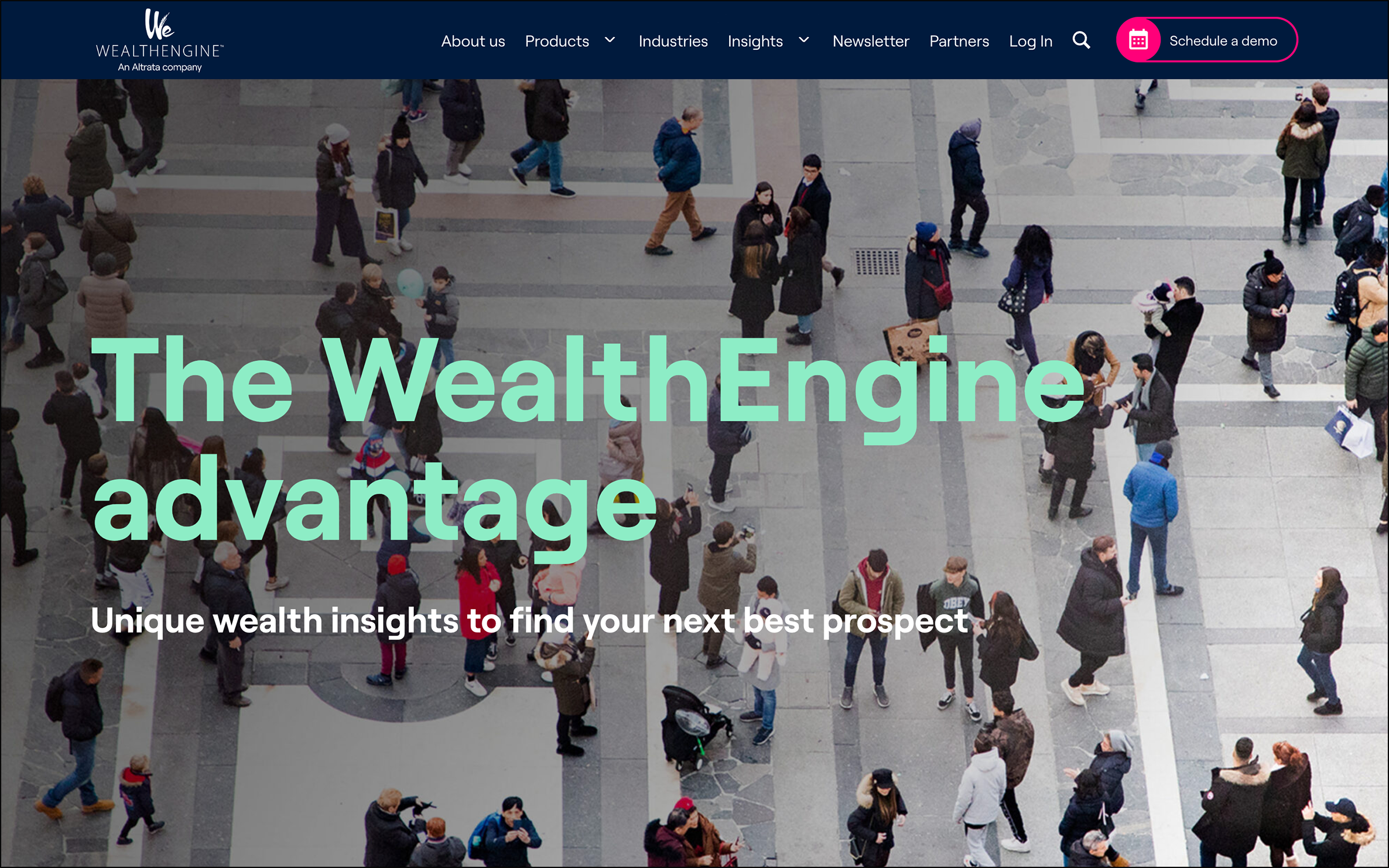
Best Tool for Wealth Screening: DonorSearch
DonorSearch provides several prospect research tools, including dozens of searchable databases covering various wealth indicators. After importing data from your nonprofit’s CRM, this tool matches donor information to reports on income, stock ownership, and other wealth indicators.
If your nonprofit’s database has any gaps, DonorSearch’s data appending services can fill them. Plus, this platform also offers an AI feature, which predicts the donors most likely to give within a 12-month period.
While DonorSearch’s library of features is extensive, users must manually search for donor data, making the research process less streamlined than a tool that automates data curation.
Pricing
To learn more about DonorSearch’s pricing, request a demo and ask their team for a quote.
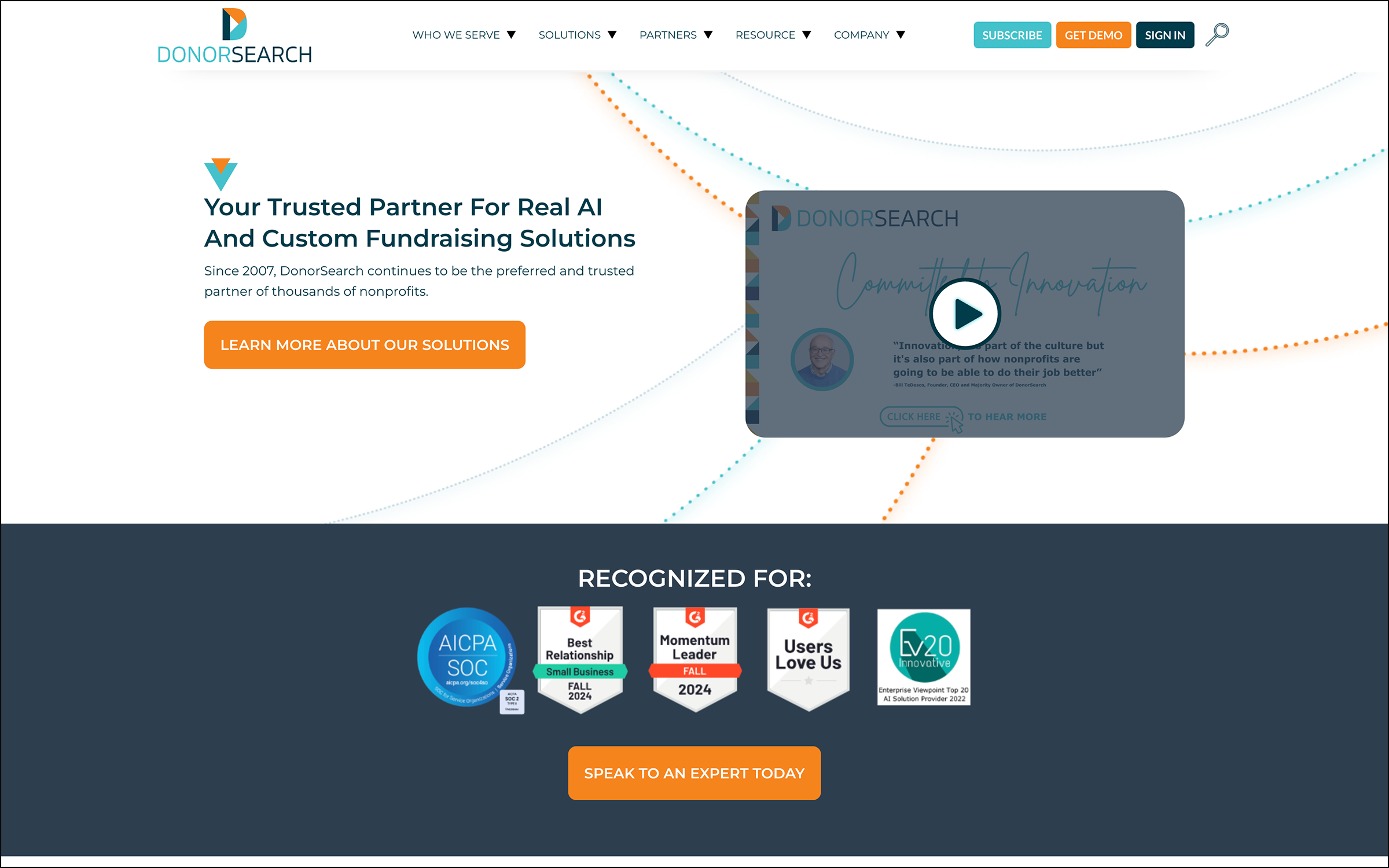
Best Tool for Form 990 Data: Candid
A surefire way to identify potential major donors is by identifying those who have already demonstrated a willingness and ability to give. Candid provides this insight by compiling Form 990 data from millions of nonprofits.
To use this resource, simply search for nonprofits with similar missions and analyze their Form 990s from previous years to identify major funders. Additionally, Candid helps nonprofits find grants via its foundation directory.
While this platform is easy to use and offers vast amounts of data, your team must know which organizations to look for and manually conduct its research.
Pricing
Candid is free to use, but nonprofits must sign up for an account to view Form 990 data.
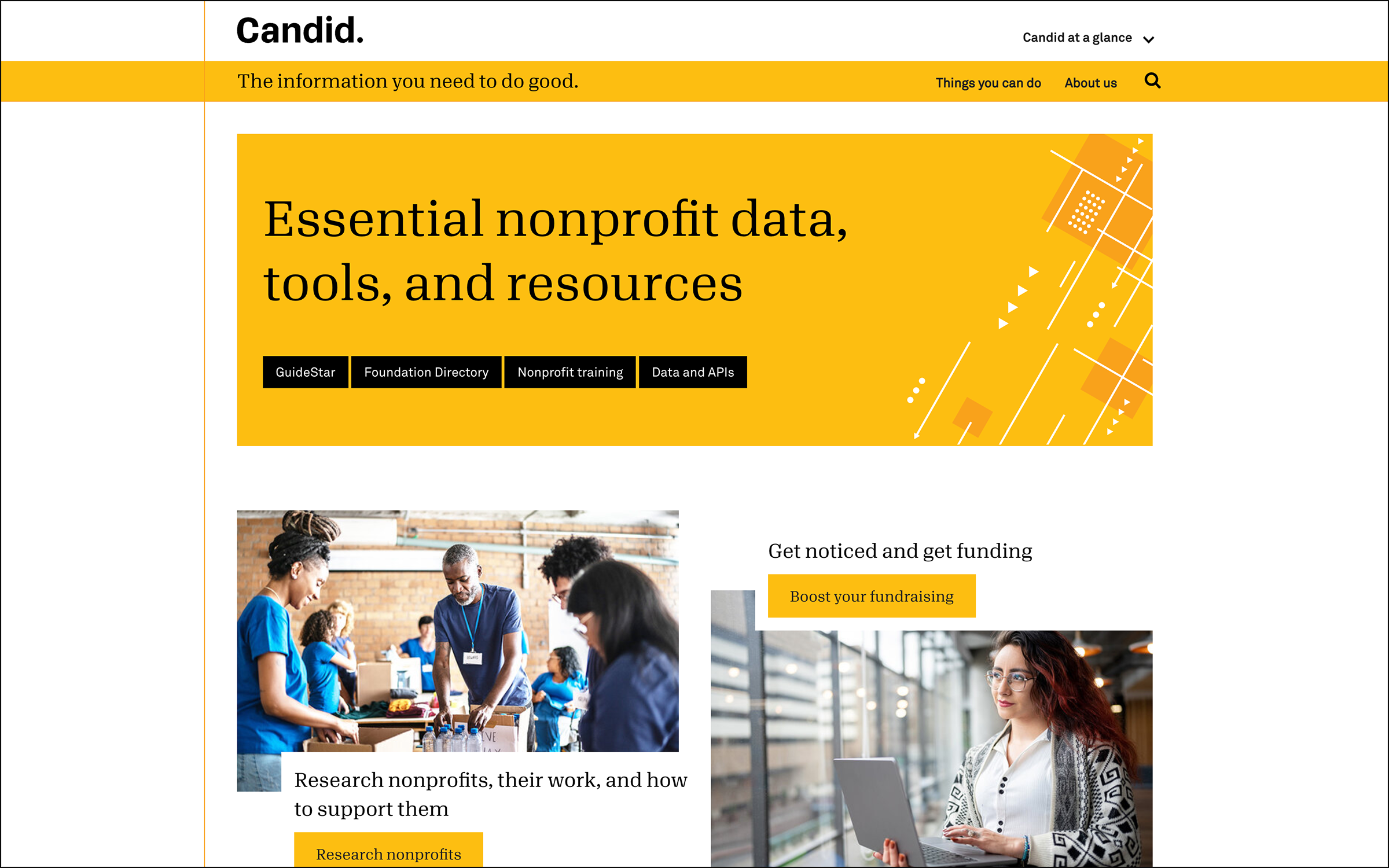
Best Source of Corporate Finances: SEC Database
The Security and Exchange Commission (SEC) provides publicly available wealth data, like stockholder information, directly from companies’ SEC filings. This database is a reliable source of wealth indicators, helping your nonprofit identify prospects not previously on your radar.
While this tool offers robust and credible information, it’s less of a prospect research tool and more of a general resource for conducting your own research.
Pricing
The SEC’s database is free to use.
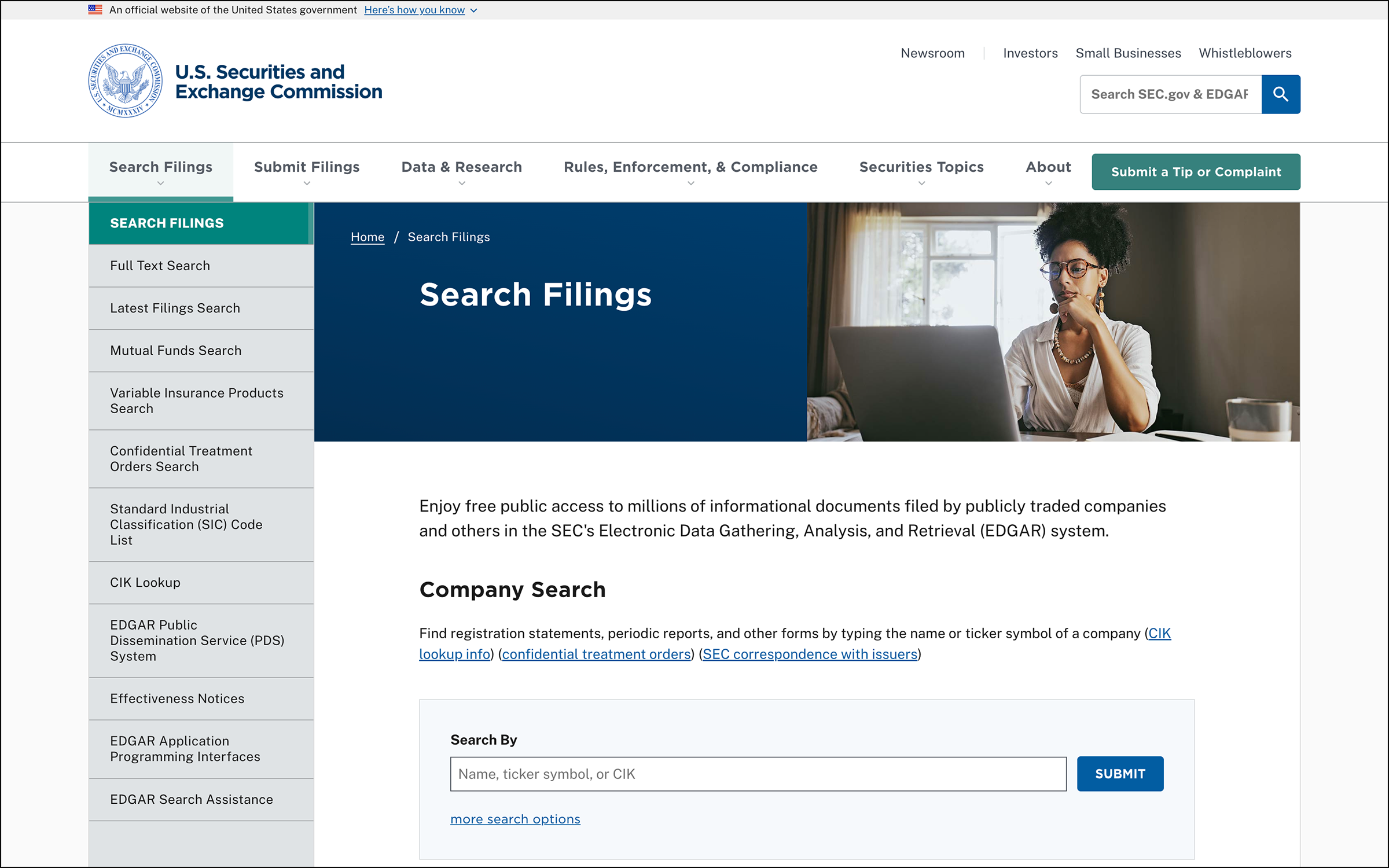
Best Tool for Non-Cash Gifts: Freewill
Major gifts aren’t limited to cash donations. In fact, there are two types of non-cash major gifts that greatly impact fundraising growth: gifts of stock and real estate. Freewill helps nonprofits acquire these (and other) non-cash gifts by equipping organizations to receive them and simplifying the donation process for supporters.
While Freewill isn’t a traditional donor research platform, it does offer an actionable solution to the major gift acquisition process. This helps nonprofits move beyond simply identifying potential donors and inspire them to make the donation!
Pricing
Contact Freewill’s team for pricing information.
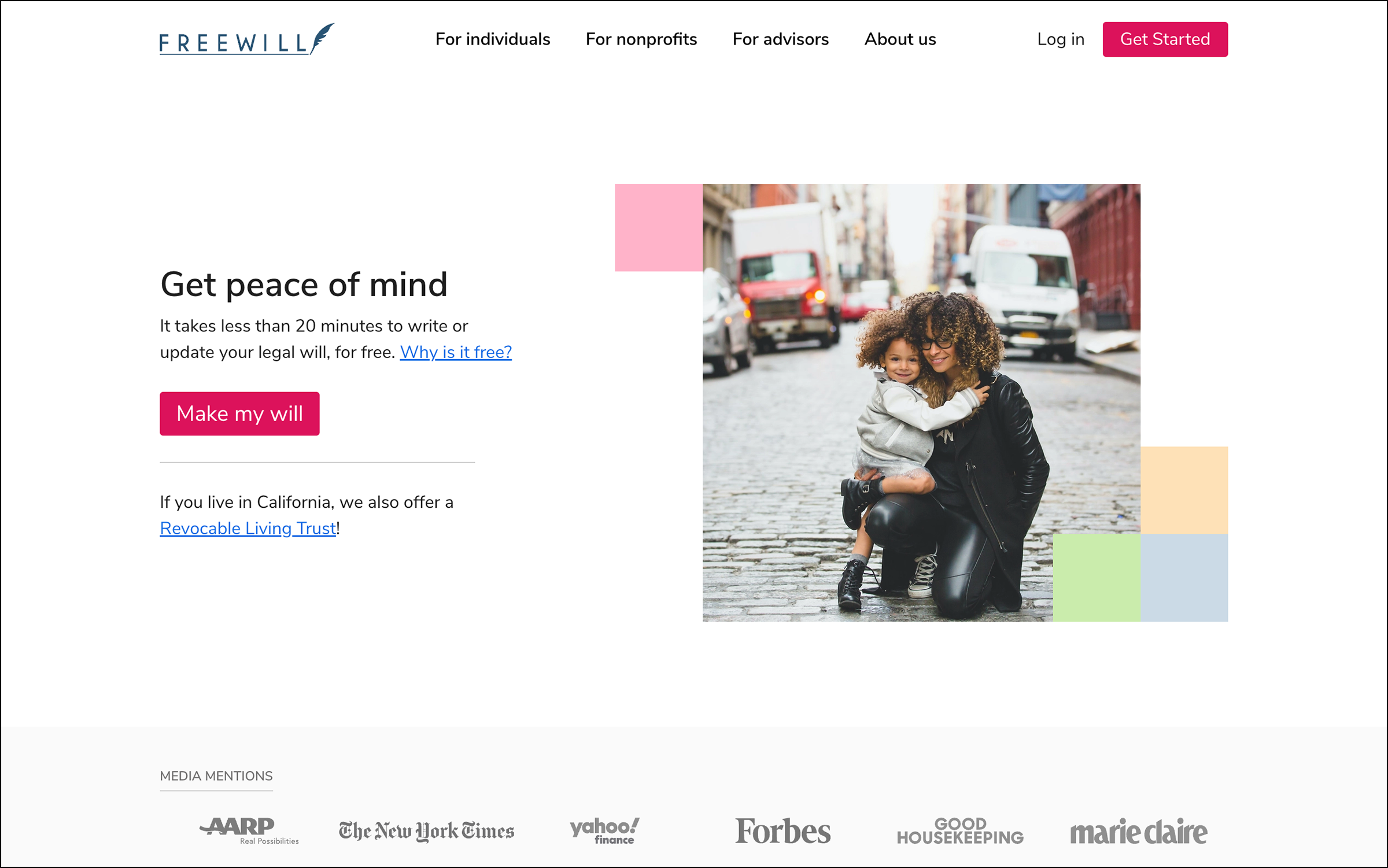
Best Tool for Grant Data: Instrumentl
As we’ve mentioned earlier in this article, a common pain point in prospect research is sorting through vast amounts of data to find the funders best fit for your nonprofit’s needs. Instrumentl solves this problem by matching nonprofits to relevant grants based on its comprehensive source of grant data.
Robust foundation and recipient profiles allow users to learn about grantees and the funding that similar nonprofits are tapping into. Additionally, this platform analyzes grant data for nonprofits, meaning users don’t have to manually search the database to find funding.
Instrumentl offers a highly comprehensive database for grant information and automation to reduce manual searching for users. However, because this platform focuses specifically on grant data, nonprofits may need to invest in additional tools to gather data about individual prospects and opportunities for corporate funding.
Pricing
Instrumentl’s standard pricing starts at $299/month, with additional pricing tiers available for more advanced packages. They also offer a 14-day free trial.
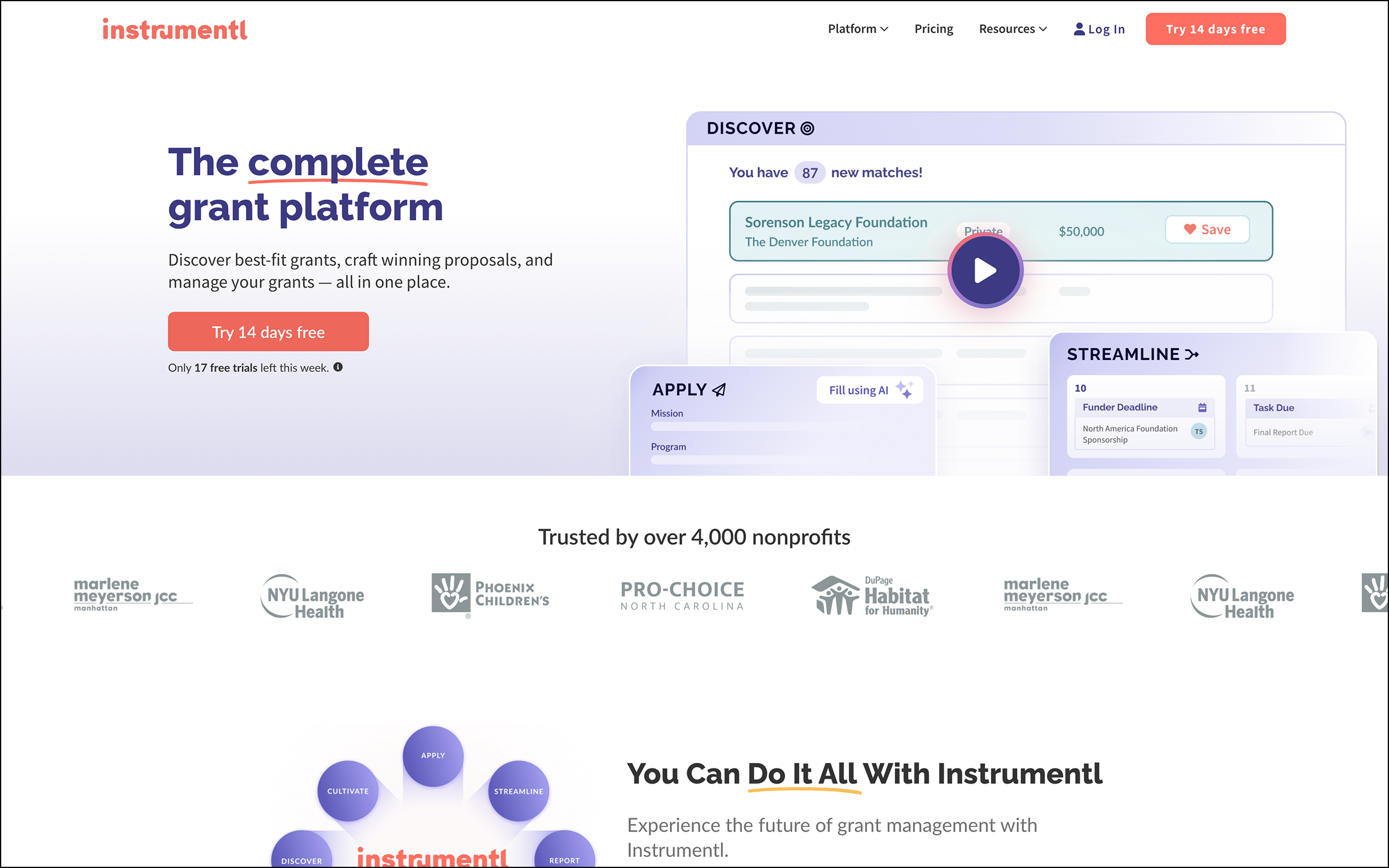
Best Source for Finding $1 Million Contributors: Million Dollar List
Indiana University Lilly Family School of Philanthropy’s Million Dollar List is a compilation of data detailing publicly announced charitable contributions of $1 million or more. This database allows nonprofits to search for donors who have demonstrated the capacity to give and an affinity for similar causes.
Because Million Dollar List is a database rather than a dedicated prospect research tool, nonprofits must manually search it to find what they’re looking for. However, this database is a great resource for identifying potential major donors.
Pricing
Million Dollar List is free for anyone to use.
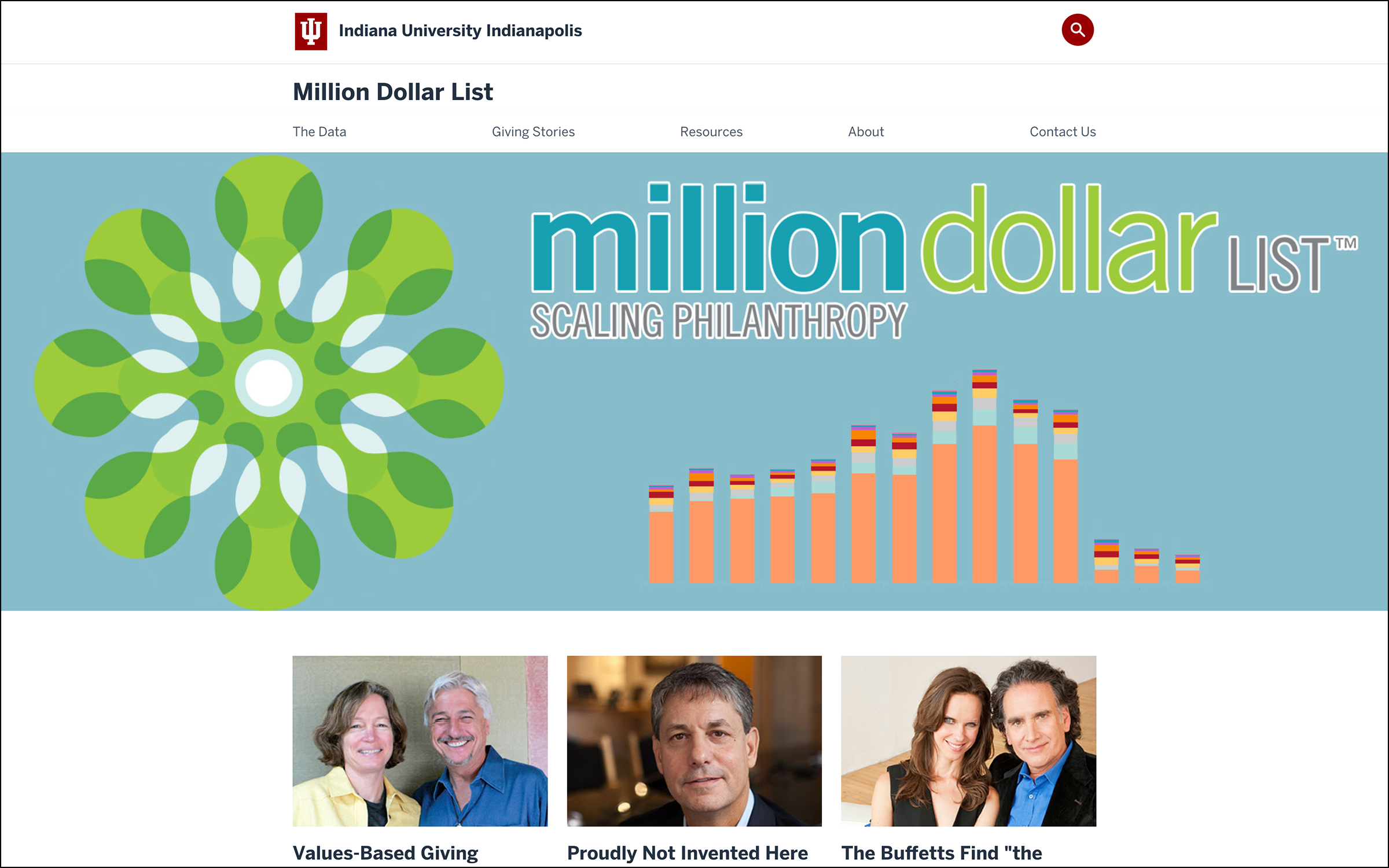
Best Tool for Fundraising Analytics: GivingDNA
While GivingDNA primarily focuses on fundraising analytics, it offers wealth screening capabilities that can’t be ignored. This platform analyzes your donors’ profiles and supplements them with external data to determine which ones are viable major donor prospects. Giving DNA’s platform also flags donors at risk of lapsing so nonprofits can reengage them before it’s too late.
These features make GivingDNA a strong donor management tool, but its heavy focus on fundraising analysis and data visualization may bog down the solution for teams that just want to do prospect research.
Pricing
Request a demo of GivingDNA’s software to receive a quote.
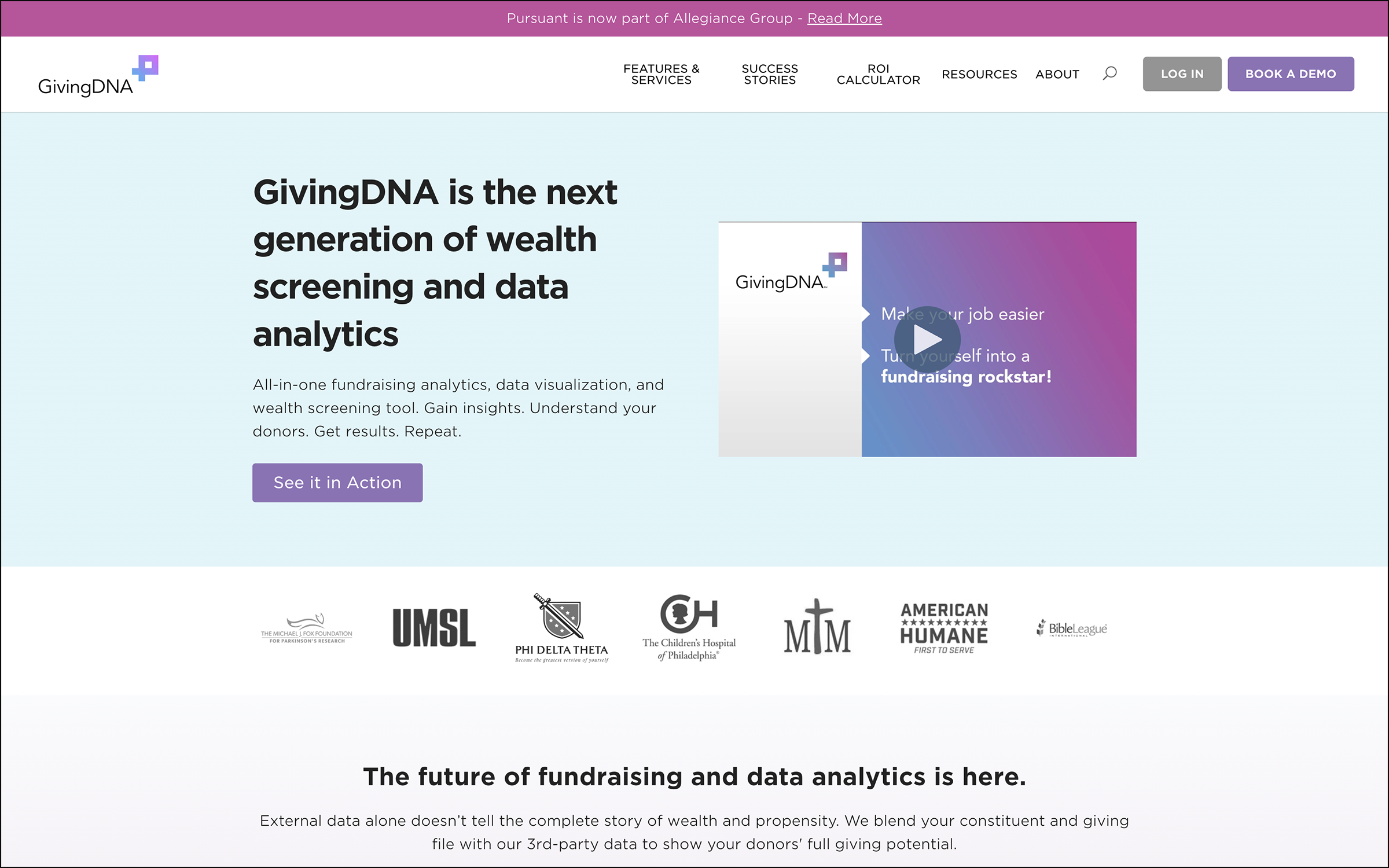
Best Tool for Relationship Mapping: Prospect Visual
Understanding existing and potential donors individually is one thing—realizing the relationships between them is another. Your long-time supporters may have friends, family members, colleagues, and other like-minded acquaintances with the ability to give to your mission.
Prospect Visual helps nonprofits identify these potential donors by uncovering your existing donors’ connections and appending your existing data. However, its platform doesn’t use current sources like social media channels, meaning its reach may be limited.
Pricing
Prospect Visual’s website doesn’t offer pricing information, but nonprofits can request a demo to learn more.
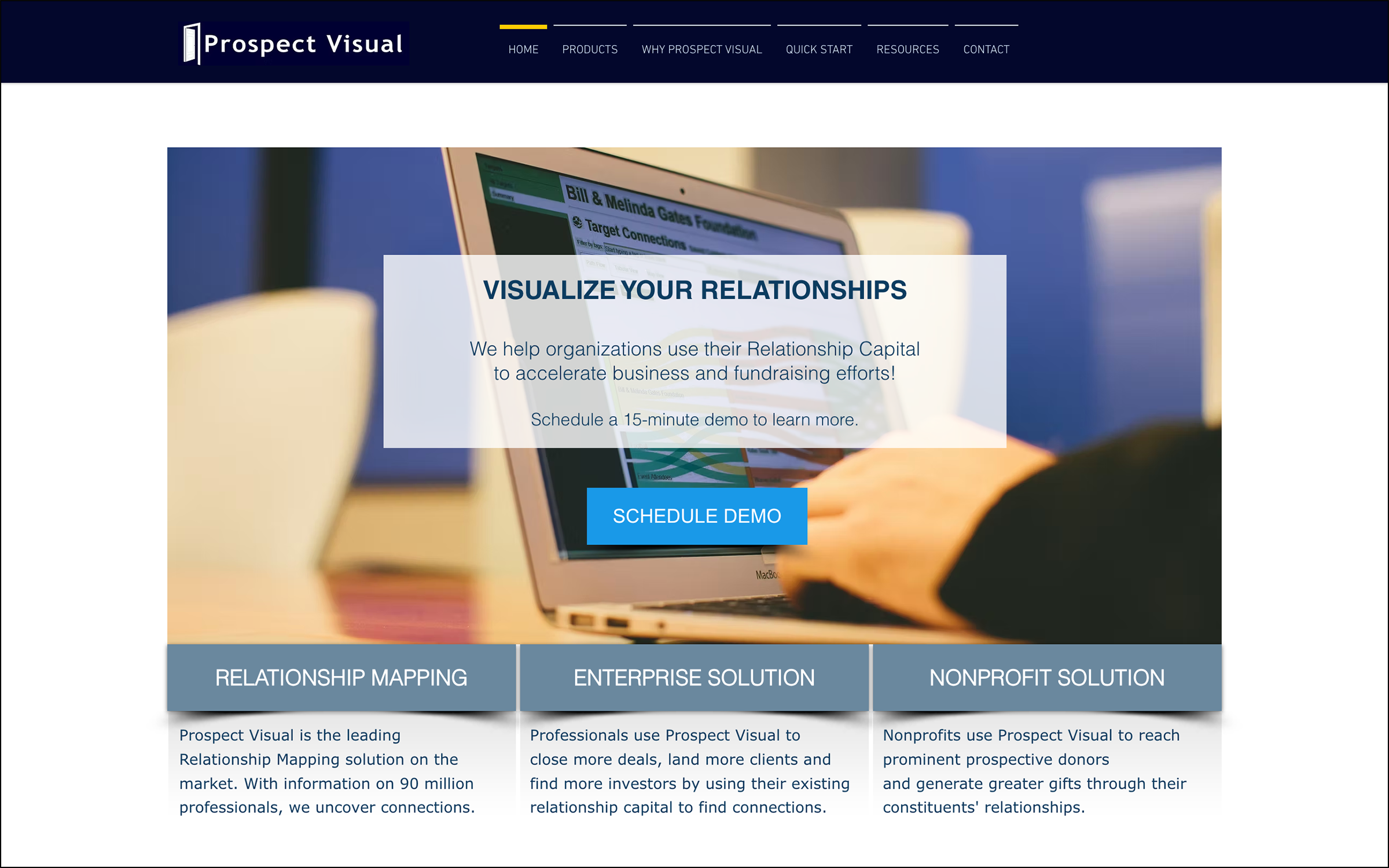
Best Tool for Educational Institutions: AlumniFinder
AlumniFinder’s main focus is in its name: alumni. For educational institutions and similar organizations, this is a great platform for keeping data up to date as potential donors’ personal information evolves.
For example, recent college graduates often find new employment and move to different cities. AlumniFinder provides a strong solution for tracking donor data and segmenting audience members for targeted communications.
While this tool is great for keeping track of prospects’ changing information, it isn’t backed by the unique data sources that can signal the potential for major gifts.
Pricing
Reach out to AlumniFinder’s team for specific pricing information.
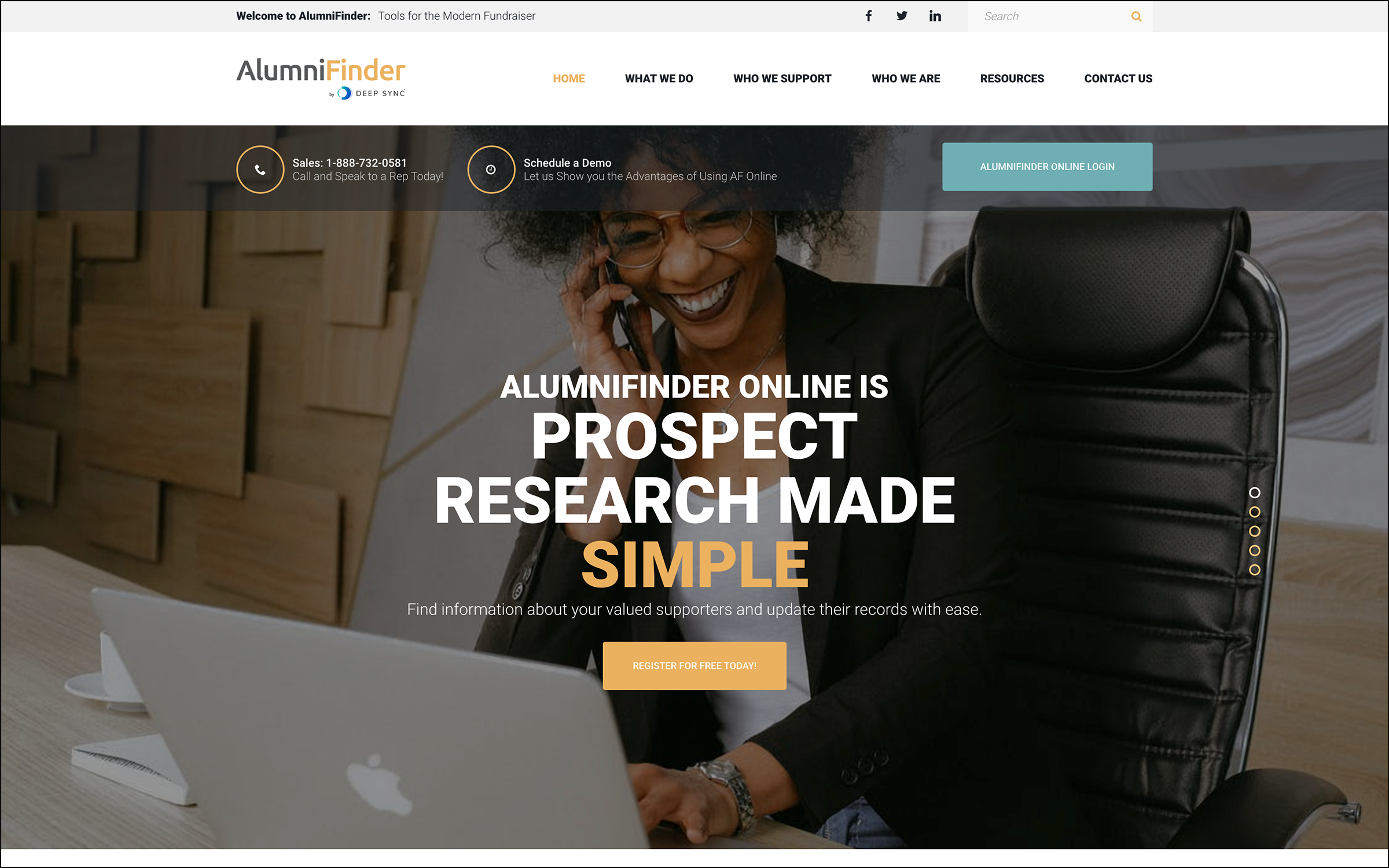
Best Tool for Data Appending: TouchPoints
Another great option for keeping your database up-to-date is TouchPoints, a data company dedicated to helping organizations consolidate and clean their most important information. This tool ensures that the basic information in your records is accurate and useful, such as keeping donors’ names and contact details updated.
While this tool is great for keeping a clean database, it doesn’t offer the robust research needed to keep tabs on potential major donors.
Pricing
Contact TouchPoints for specific information about pricing.
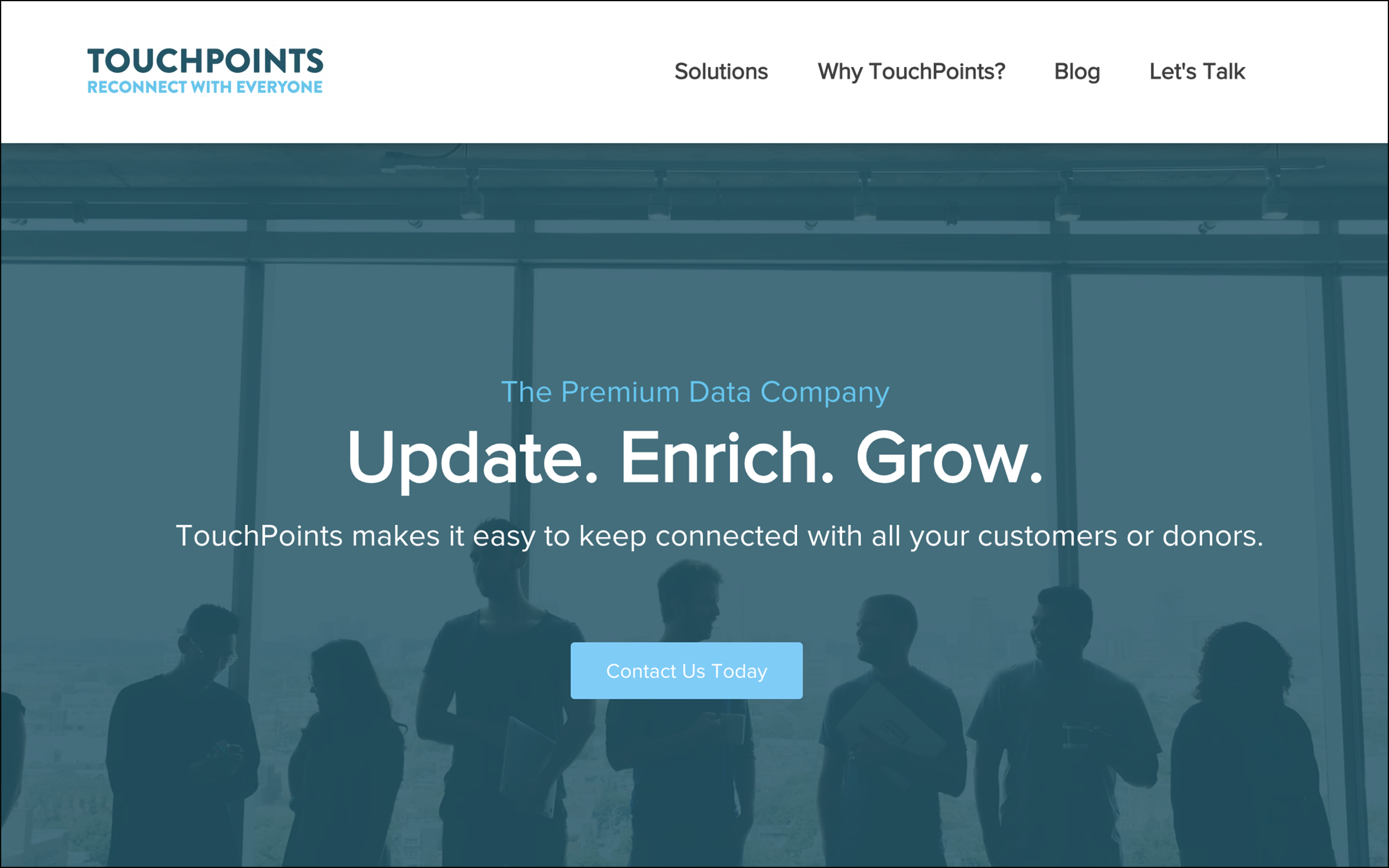
Best Tool for Manual Searching: iWave
Kindsight’s donor research software, iWave, offers 40 searchable databases of donor information and the ability to develop profiles based on this data. It also provides grant screening tools for nonprofits to find the best fit based on their financial needs and goals.
Although iWave offers a comprehensive database, the need to manually search for specific donors’ names can be time-consuming.
Pricing
iWave’s starter plan costs $3,745/year, but professional and premium plans are also available for nonprofits looking for additional features.
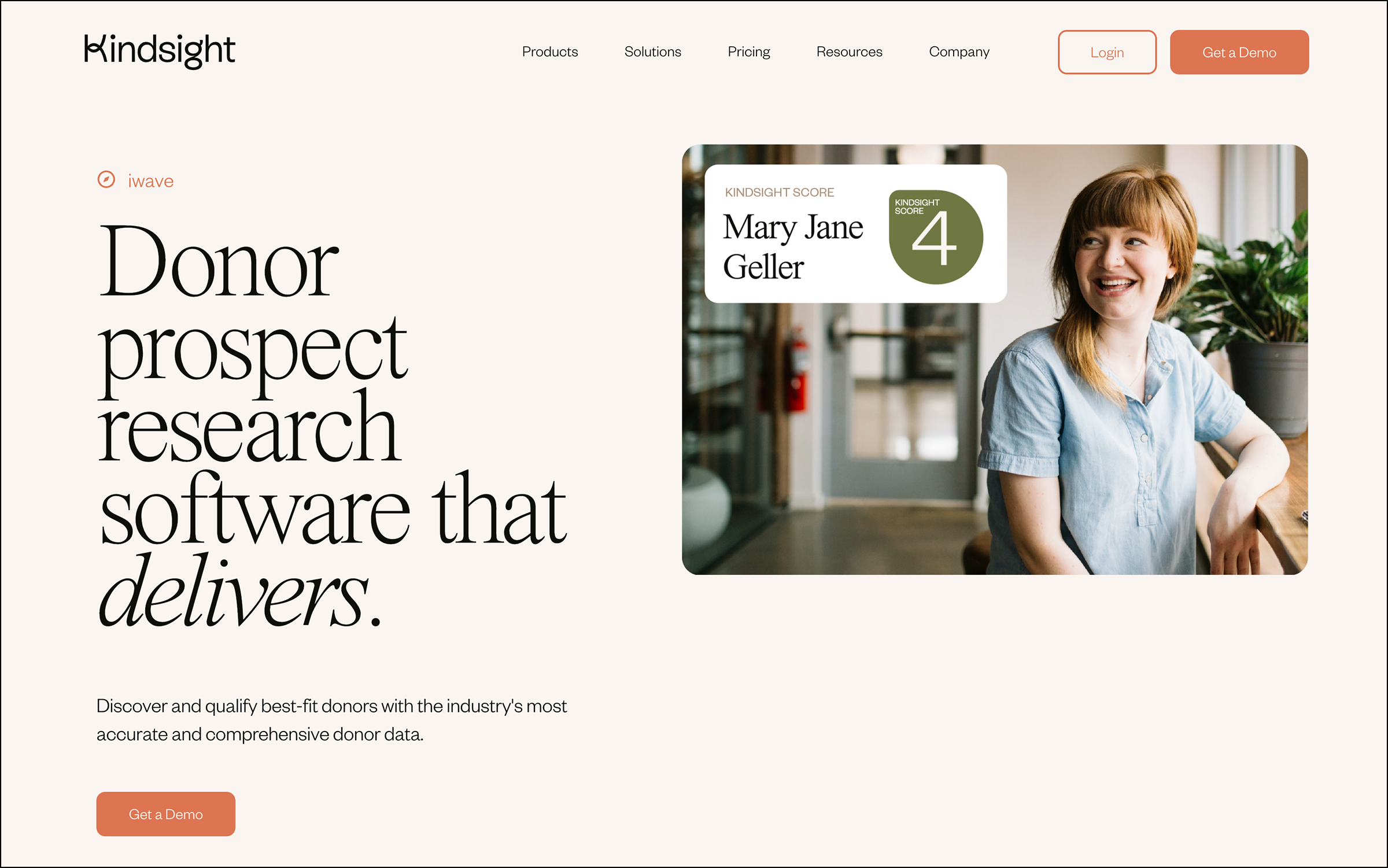
Best Tool for Prospecting and Fundraising: Giveffect
Giveffect is an all-in-one nonprofit solution. From wealth screening to event management to marketing support, this tool aims to do it all.
The benefits of Giveffect’s prospect research tools include consolidating public records to provide your nonprofit with a robust database of potential major donors. However, this tool’s many features make wealth screening less of a priority. Nonprofits looking for dedicated prospect researching features and support need a solution solely focused on finding and cultivating relationships with prospects.
Pricing
Giveffect offers multiple pricing tiers, but you must schedule a demo with their team to inquire about specific prices.
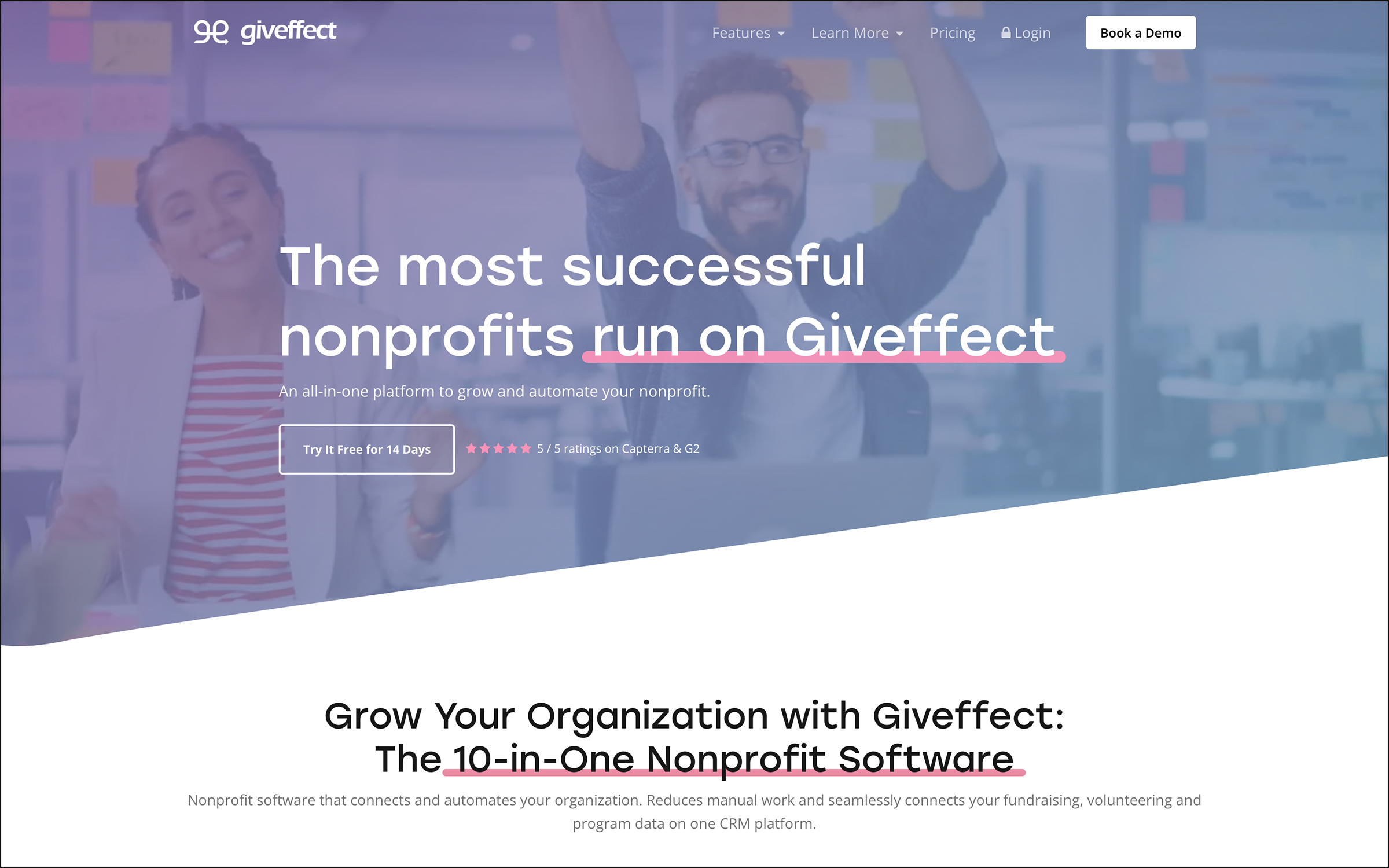
Best Tool for Fundraising Analysis: Fundraising Report Card
Fundraising Report Card is a prospect research tool focused on your nonprofit’s fundraising data. It helps organizations track key metrics that highlight fundraising successes and potential areas for improvement, like retention rate and donor churn.
However, Fundraising Report Card is powered by your organization’s data. It doesn’t provide additional information outside your nonprofit’s existing network, making it a less comprehensive option for your research.
Pricing
Fundraising Report Card is free to use.
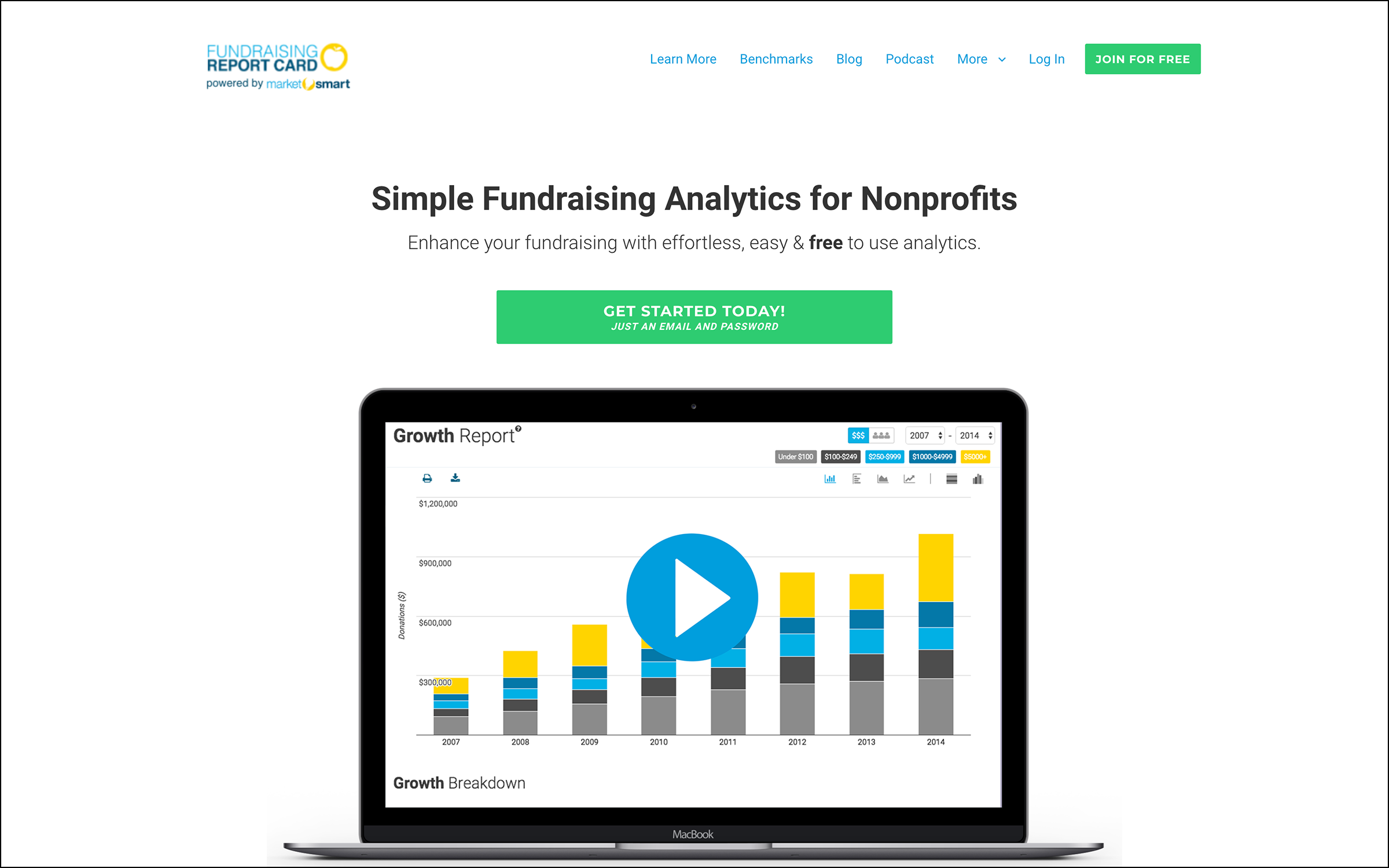
Best Resource for Nonprofit Trends: National Center for Charitable Statistics
The National Center for Charitable Statistics is an easy-to-use database that allows users to search for philanthropic data from the nonprofit sector. Similar to tools like Candid, this database is helpful for nonprofits wanting to search for data from similar organizations.
You can use this resource to search for major funders from similar organizations and overall nonprofit trends—not receive personalized or automated updates on prospect data.
Pricing
National Center for Charitable Statistics is free to use.
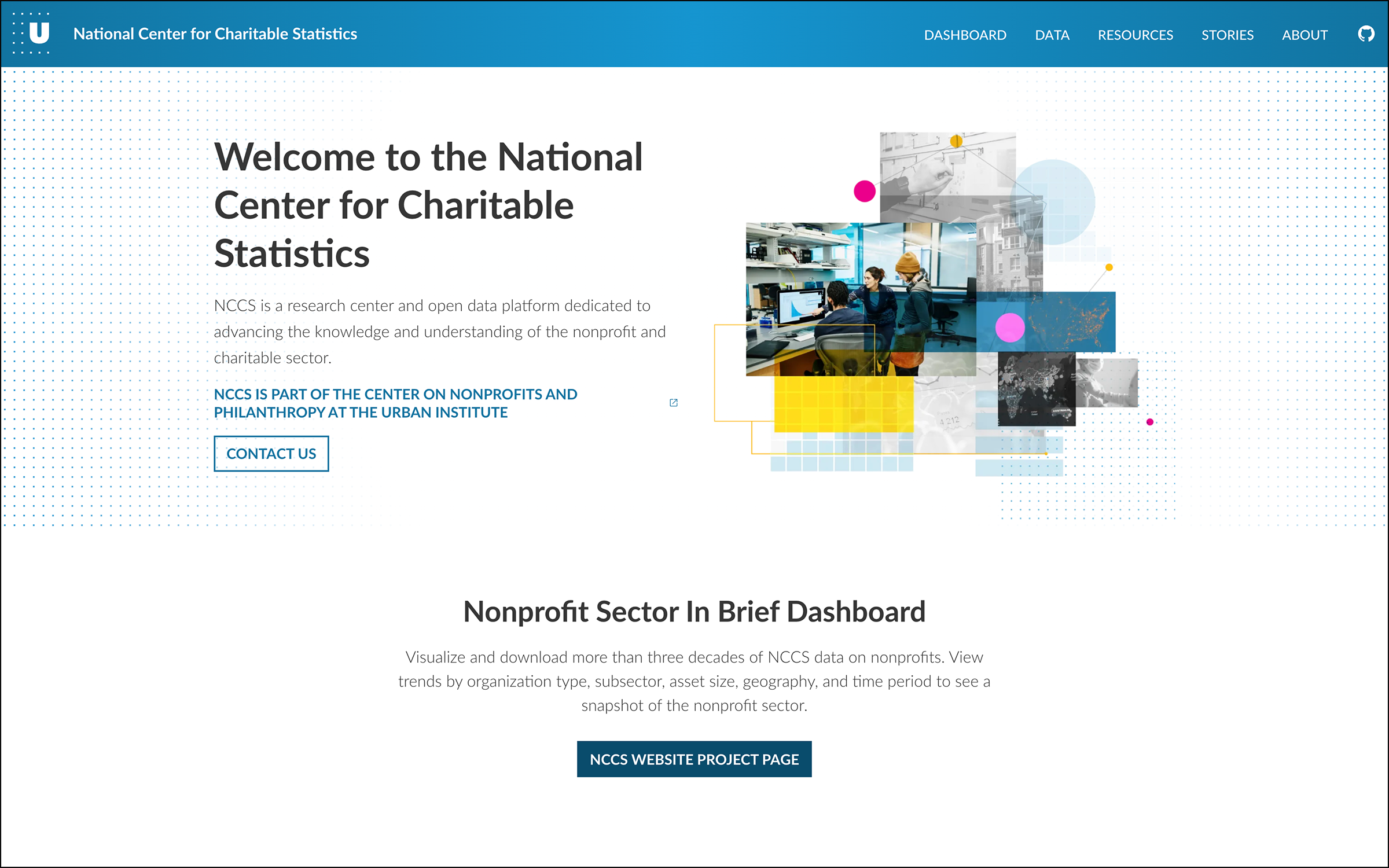
Best Tool for Identifying Government Officials: Leadership Connect
Leadership Connect helps nonprofits find connections between their donors and government officials who share a similar affinity for the organizations’ causes. This is a powerful tool for advocacy campaigns, but it may also help nonprofits discover new major giving prospects.
Because of the strict rules governing nonprofits’ affiliations with political parties, pursuing connections with government officials may not be a priority for most organizations.
Pricing
Reach out to Leadership Connect’s team for a quote.
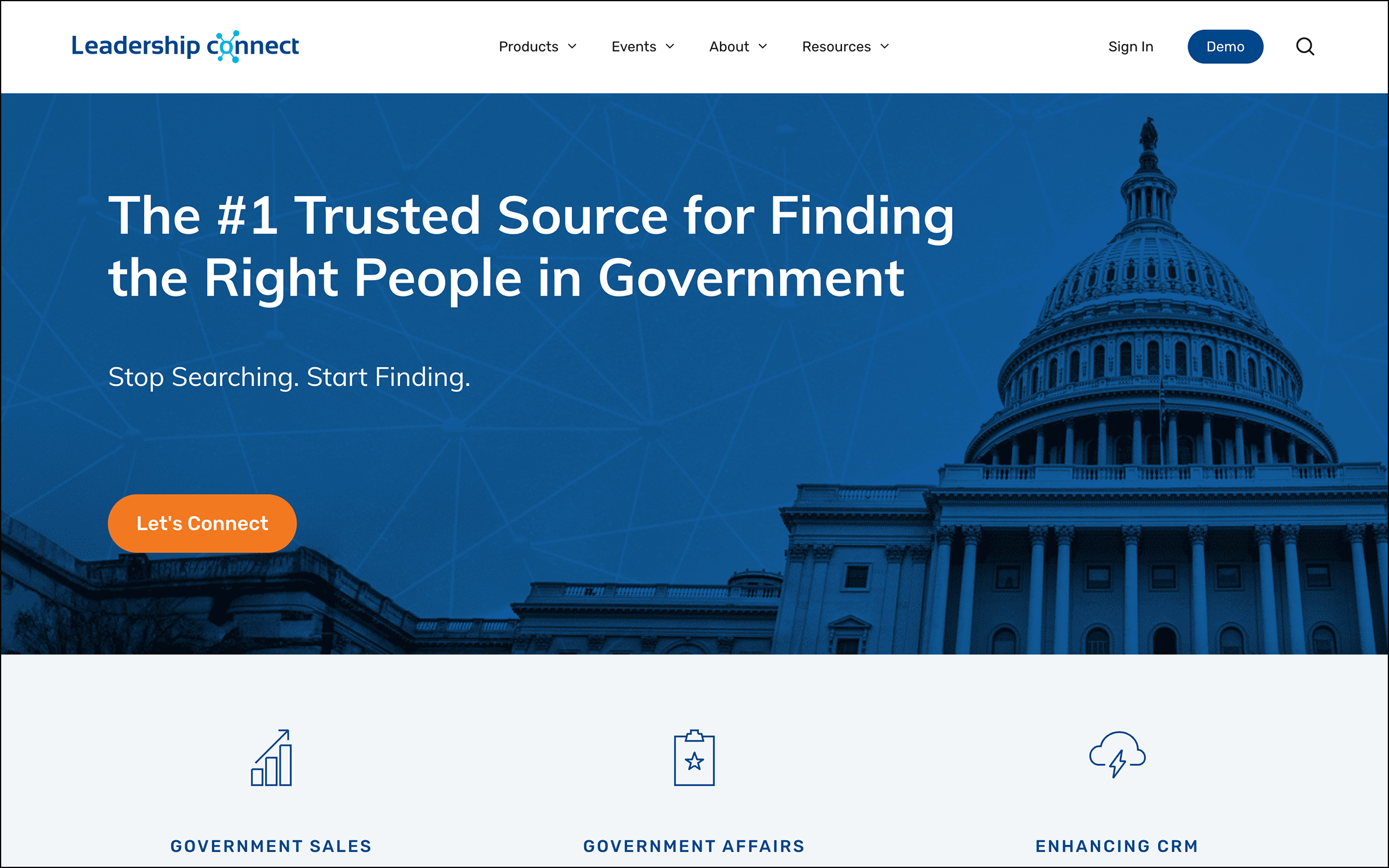
Best Source of Real Estate Data: Zillow
Zillow is a popular real estate website, making it a primary source of data about prospects’ real estate ownership. Looking up a prospect’s current or past properties can provide the estimated values of their real estate, which can supplement your nonprofit’s search for capacity indicators.
Searching the Zillow site for each individual’s properties can be time-consuming. Not to mention, this site provides estimates, not official valuations, for listings.
Pricing
Zillow is free to use.
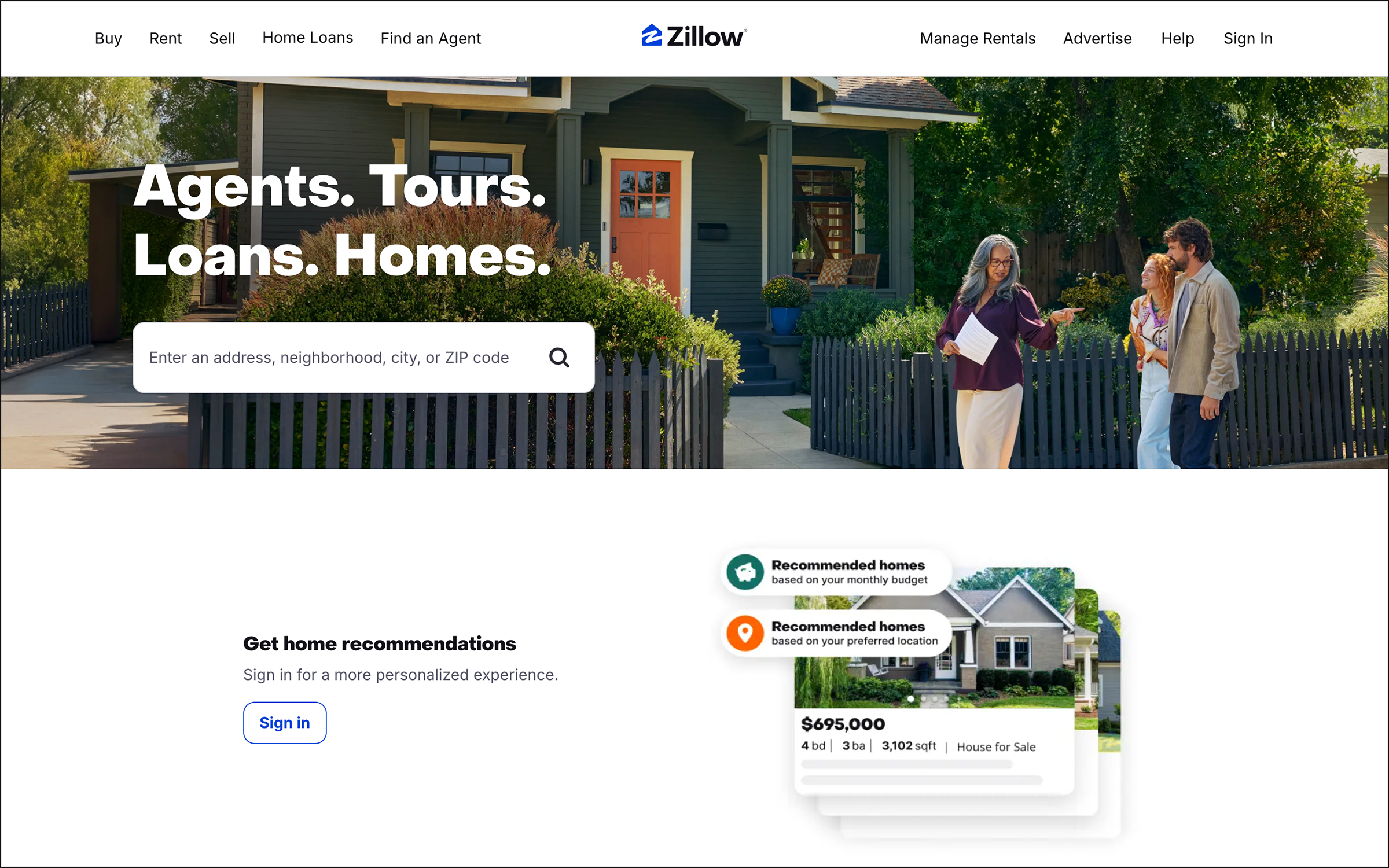
Best Source of Employment Information: LinkedIn
Looking to learn more about your supporters’ employment history, current position, and professional connections? LinkedIn is a great place to find this data.
This platform has the caveat that you won’t be able to find information about supporters who don’t use it. Additionally, your team must manually search for each supporter to find relevant data, and users may be alerted when you view their profiles.
Pricing
LinkedIn is free to use.

Best Source of Personal Details: Social Media
Most nonprofits know they can use social media to reach their target audiences, but many fail to recognize these channels as prospect research tools. While platforms such as Facebook and Instagram don’t offer dedicated research features, they may still provide insight into potential donors’ abilities and willingness to give.
The main drawback to using these channels, aside from the manual burden on your team’s part, is that social media can be a hit-or-miss resource. If prospective donors don’t use social media, don’t post relevant information, or enable privacy settings that keep their posts hidden, your nonprofit may be out of luck.
Pricing
Most social media platforms are free to use.
How to Get the Most Out of Your Prospect Research Tools
Selecting the perfect tool for your nonprofit’s research needs is just the first step—how you use this tool determines the value you’ll get from it.
Here are some tips for making the most of your donor research software:
- Work closely with the software provider. The best providers will be ready to help your team get up and running and answer any questions you may have. Be open about your nonprofit’s goals and discuss practical ways the software will help you achieve those goals.
- Train your team. No matter how many team members interact with your prospect research software, formal training will help ensure everyone is equipped to make the most of it. Provide a training session for those who will work with the tool and periodic refreshers in case the tool updates or new team members begin using it.
- Implement strong data management standards. Your database is only as helpful as it is accurate. Prioritizing data hygiene is essential to extracting valuable insights and being able to put them to use. If you haven’t already, develop data management practices and enforce them across your team to ensure your database remains error-free.
Above all, be sure to constantly evaluate your donor stewardship efforts and adjust your approach as needed. Ensure your strategies are fully aligned with findings from your prospect research to maintain a data-driven approach.
Expert Insight: Use Donor News to Identify and Reach Prospects
The best resource we can recommend for prospect research is donor news. Insightful Philanthropy has plenty of experience in delivering accurate, timely, and valuable donor intelligence, and we’ve seen it transform nonprofits’ cultivation strategies. After all, the more you know, the more you can raise.
Reach out to our team for a demonstration of our software and start maximizing your major gift fundraising today.
Ready to access insights from 14,000+ news and information sources?
Insightful delivers critical donor intelligence from sources you can't afford to miss.
